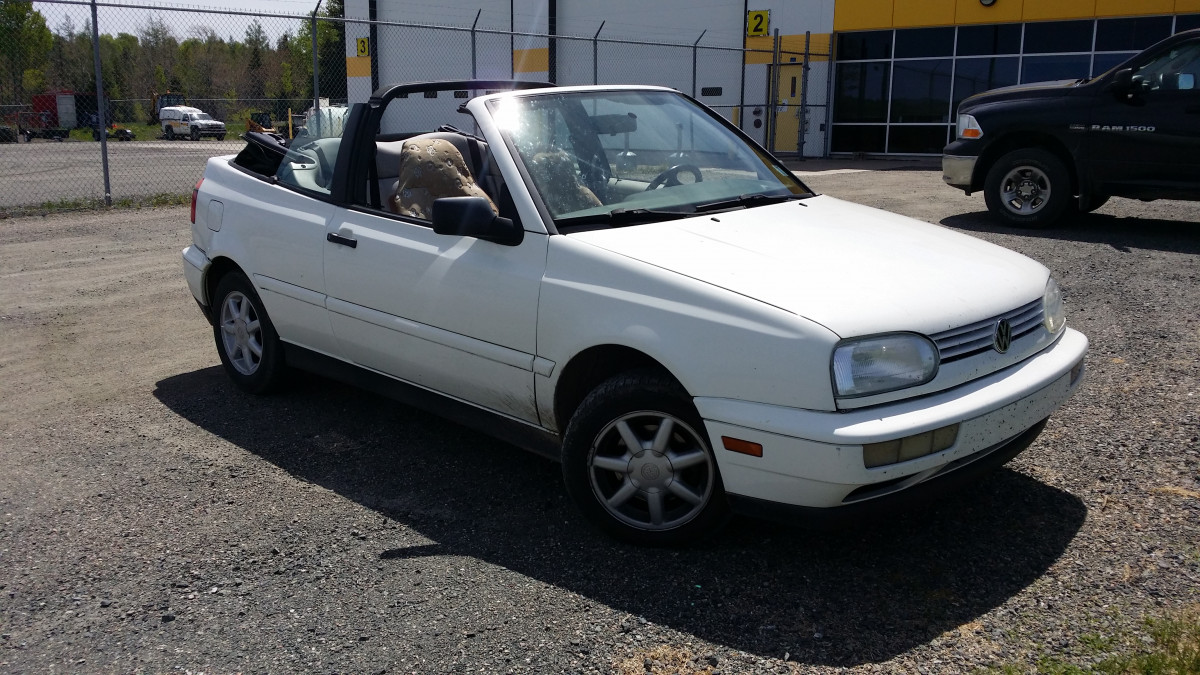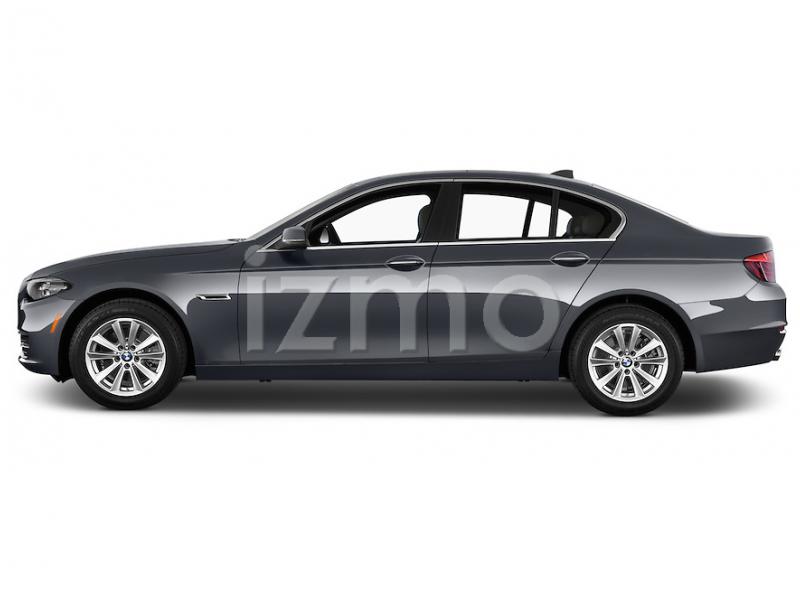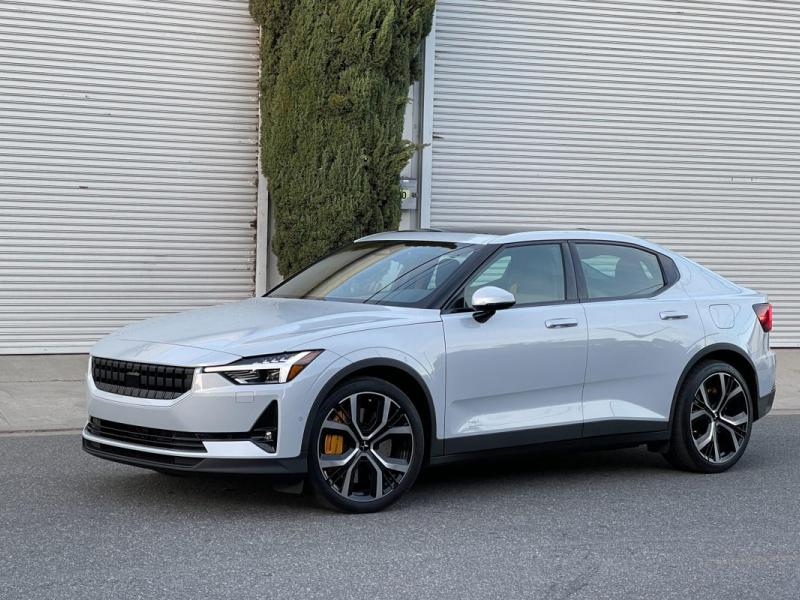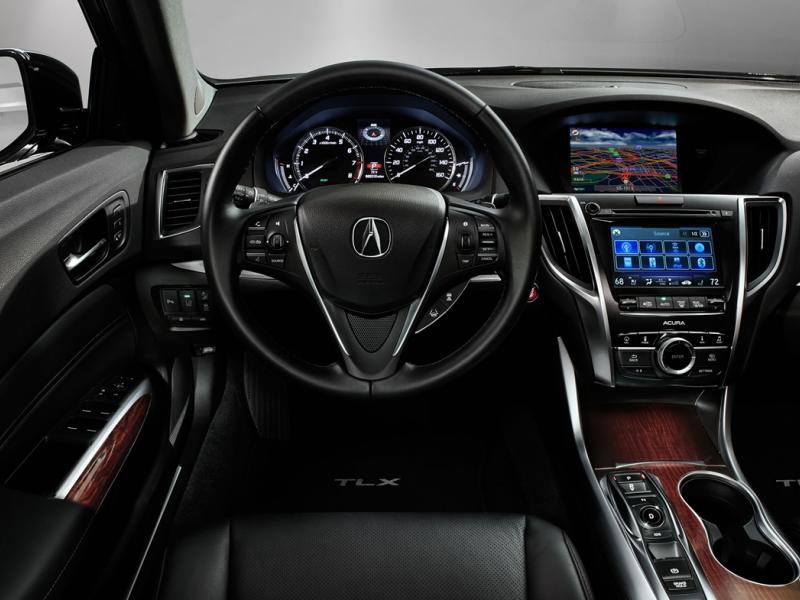Detroit Auto Show 2015 | Green and Mean
When I previewed my plans for covering the North American International Auto Show in Detroit, I talked about the show’s significance on the world stage and set my sights thusly:
“I’ll be out scouring the show for the automotive world’s latest, greatest, smartest, coolest vehicles, and—because this ranks highly on my “give-a-hoot” meter—those that offer the most practicality and functionality.”
Let me just say, after burning through 2 ½ days of shoe leather and logging nearly 30,000 steps lapping the Cobo convention center floor, I am not disappointed. In the midst of a resurgent U.S. auto industry that tallied 16.5 million sales in 2014 and looks to improve on that to 17 million in 2015, the Detroit show presented a microcosm of a renewed industry. Gone is the talk of bankruptcy and government bailouts, replaced by reports of rosy profit margins and huge investments to keep the future product pipeline primed and ready. During the two-day press preview, automakers presented 49 world premieres and six North American vehicle introductions. Nine of the debuts were concept cars.
“Our numbers are very strong,” said NAIAS Chairman Scott LaRiche. “Of the 55 vehicle introductions at NAIAS 2015, 94 percent are global reveals. This is a spectacular credential for an international show. Global auto manufacturers continue to show confidence in this city and in this show, and clearly saved their best for NAIAS.”
View our 2015 Detroit Auto Show Photo Gallery >>
As much as some non-automotive pundits might like to downplay the significance of a “good” Detroit show and a strong auto industry on the economic picture, consider these statistics:
- The U.S. auto industry represents 10 percent of all consumer spending.
- Autos represent 3.5 percent of U.S. gross domestic product.
- The auto industry’s overall economic impact per year is typically $750 billion to $1 trillion. Yes, trillion.
- The automotive industry’s annual payroll of $30.5 billion is second only to aerospace in the U.S.; 5 million people are employed directly in the industry, with some 8 million employed indirectly. More than 1.8 million people sell and service vehicles at dealerships alone.
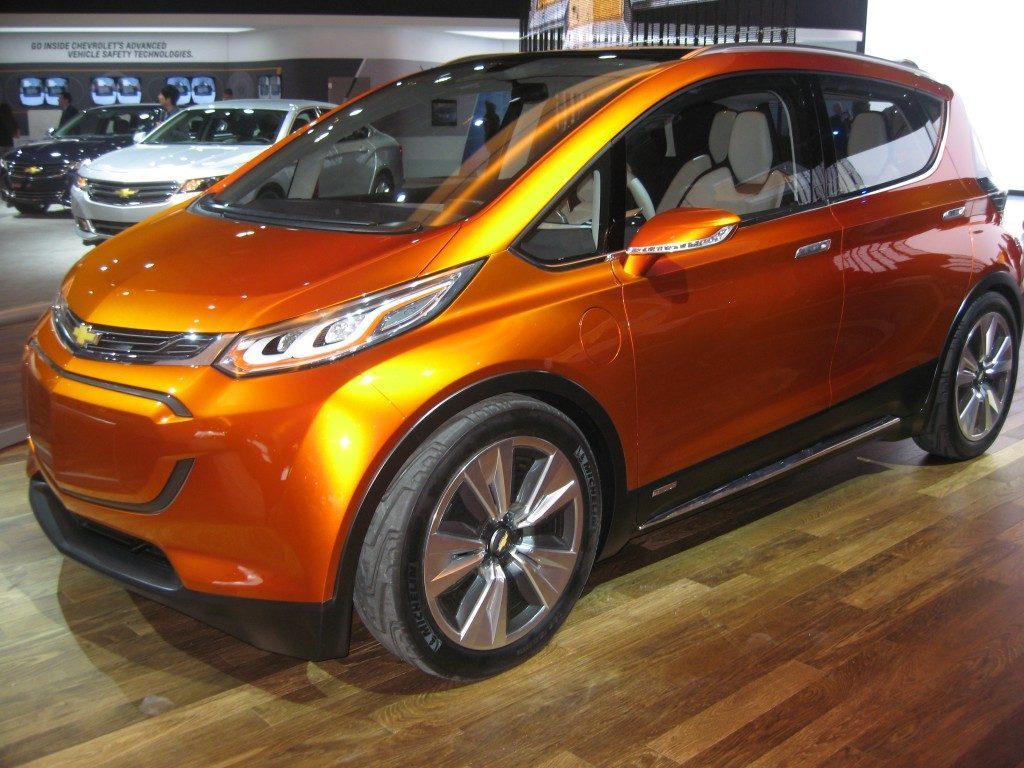
So what’d we see?
A cornucopia of car and truck premieres representing everything from the greenest of green to the meanest of mean.
Case(s) in point:
- Chevrolet took the wraps off its second-generation Volt (increased EV range to 50 miles, seating for five in a pinch) and an all-electric Bolt concept due for production in 2017 (200-mile range on a charge).
- Meanwhile, Ford unleashed a flurry of performance punches: the next GT supercar due by the end of 2016 (twin-turbo V6 power, all carbon fiber and aluminum construction), the next-generation Raptor maximum off-road pickup truck, and the Shelby Mustang GT350R racetrack version of its new Mustang.
- And to put it all together in one place, we were treated to the 2016 Acura NSX, the return of a much-loved supercar that’s been on a hiatus since production of the first NSX ended in 2005. Packing in excess of 550 horsepower, the lightweight aluminum-bodied NSX derives its kick from a combination of a twin-turbocharged V6 engine and three electric motors. Yes, we can have our supercar and respect the planet, too.
Major brands that took big leaps forward in worldwide styling included Infiniti with its swoopy Q60 Concept coupe, the remarkable Buick Avenir concept for a flagship model, and Hyundai with its car-based pickup concept, the Santa Cruz (think Subaru Brat). Some other interesting but less remarkable new entries: Lincoln MKX, Mercedes’ GLE Coupe, and the Volkswagen Cross Coupe.
Another noticeable theme: Convertibles (hooray) led by the stunning 2015 Alfa Romeo 4C Spider due this summer, backed by the 2016 Buick Cascada, a four-seat drop-top already on sale as part of the Opel lineup in Europe, and a high-powered GTS version of the Porsche 911 Targa.
Two trucks of major significance hit the stage at Detroit: The Texas-sized Nissan Titan XD, important not only for its total exterior and interior makeover, but also for its Cummins turbo-diesel engine offering in a light-duty pickup that gives it a competitive edge against all but the Ram EcoDiesel; and the 2016 Toyota Tacoma, a midsize truck getting a much-needed makeover to help it compete with all-new midsizers from General Motors, the award-winning Chevy Colorado and the GMC Canyon.
Though not as prominent in the headlines as in years past, Chinese automakers did make an appearance, with the GAC Group showing some surprisingly buttoned-up models, even if they remain highly derivative copies of other automakers’ vehicles. Tucked away on the show floor was a nondescript but much more significant Chinese car, the long-wheelbase 2016 Volvo S60 Inscription sedan. Why so significant? When it goes on sale this summer, the Chengdu-made Volvo will be the first Chinese-built car imported to the U.S. market.
Are there dark spots on automotive sun?
Certainly the hangover from 2014’s record number of recalls involving some 600 models and 60 million vehicles is omnipresent. And with a number of executives predicting continued shakeups and mergers in the business, there remains room for consolidation. Finally, there looms the prospect of a strike by the United Auto Workers seeking to regain ground lost during the past recession.
But for now, just know that it despite the cold of winter in the Midwest, Detroit is hotter than ever and its annual automotive extravaganza clearly reflected that.

